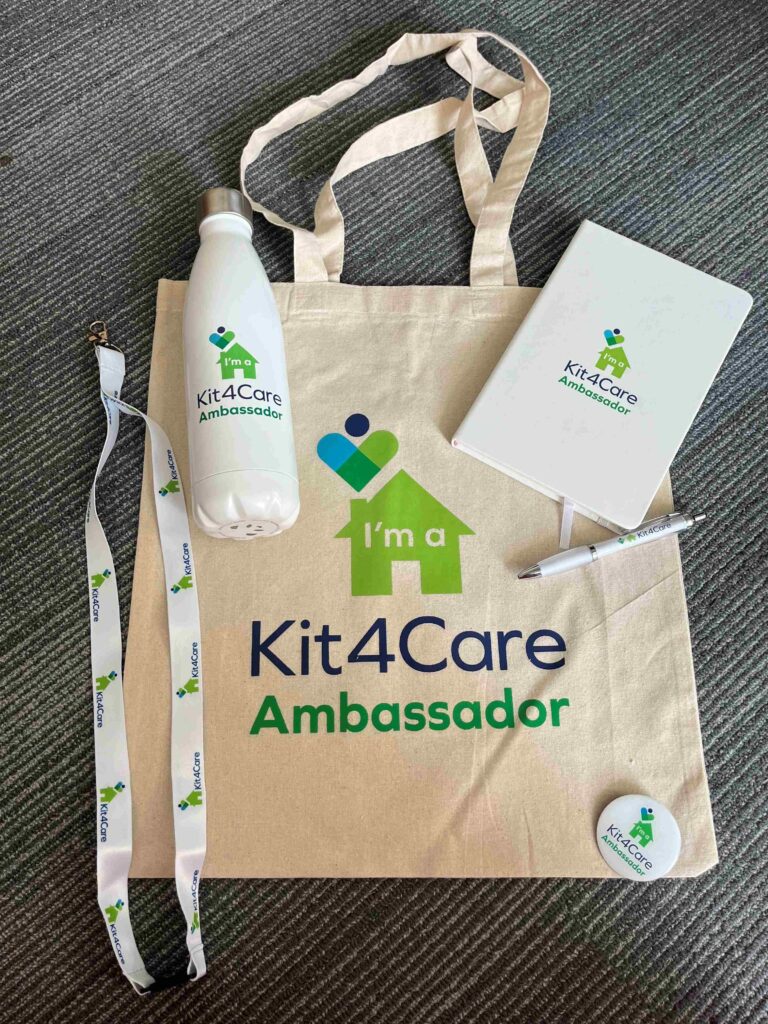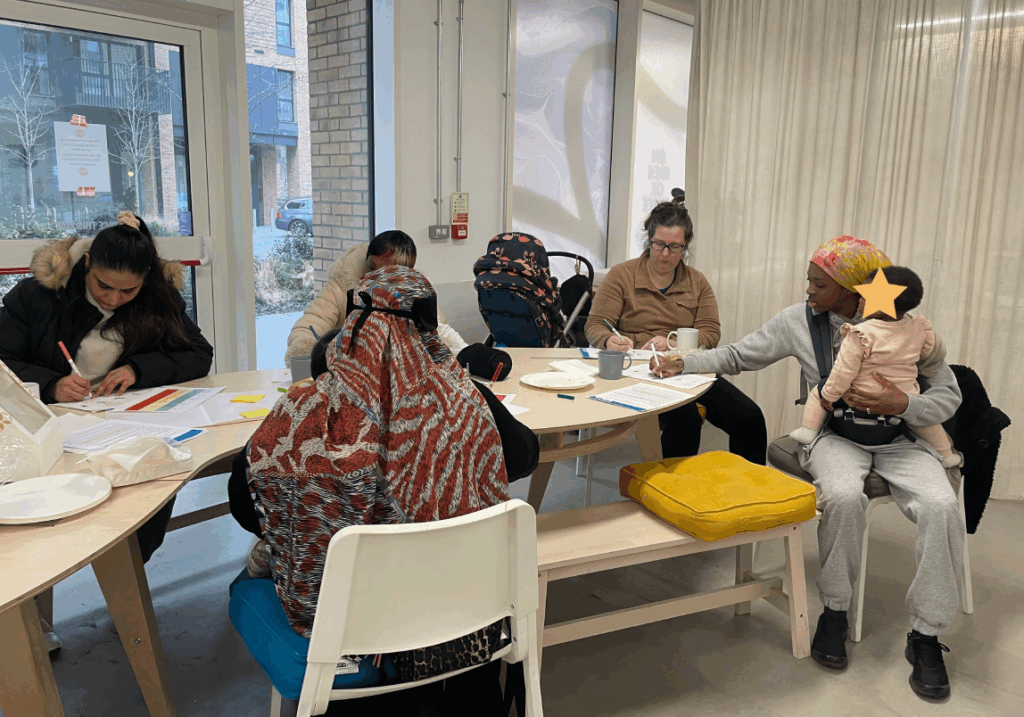Kit 4 Care – introducing the technology
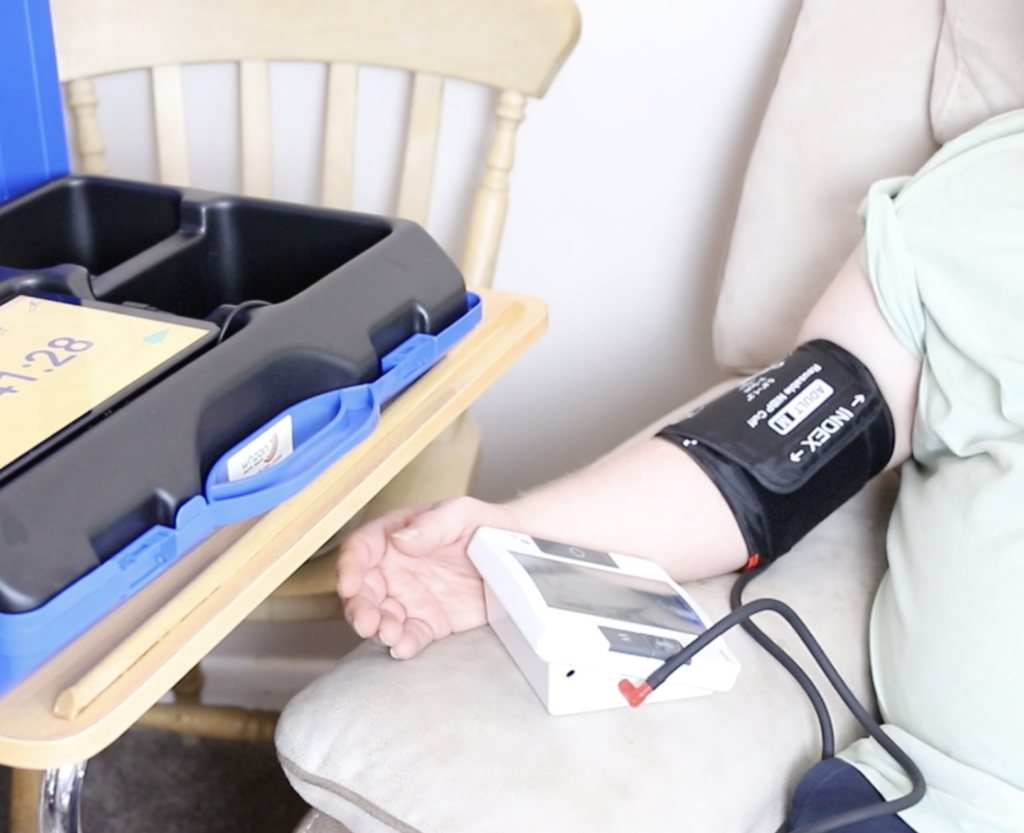
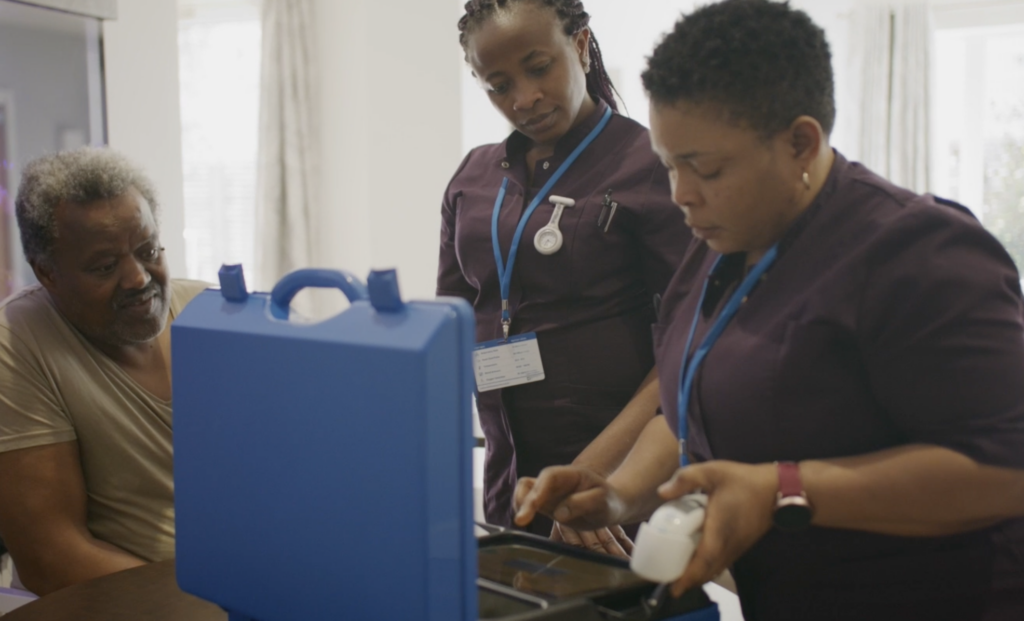
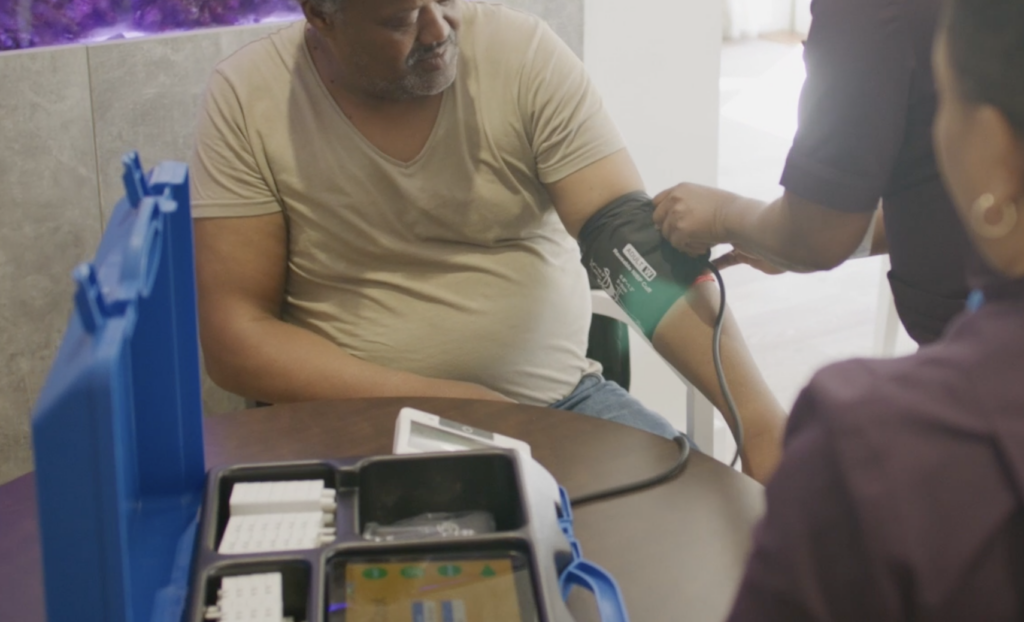
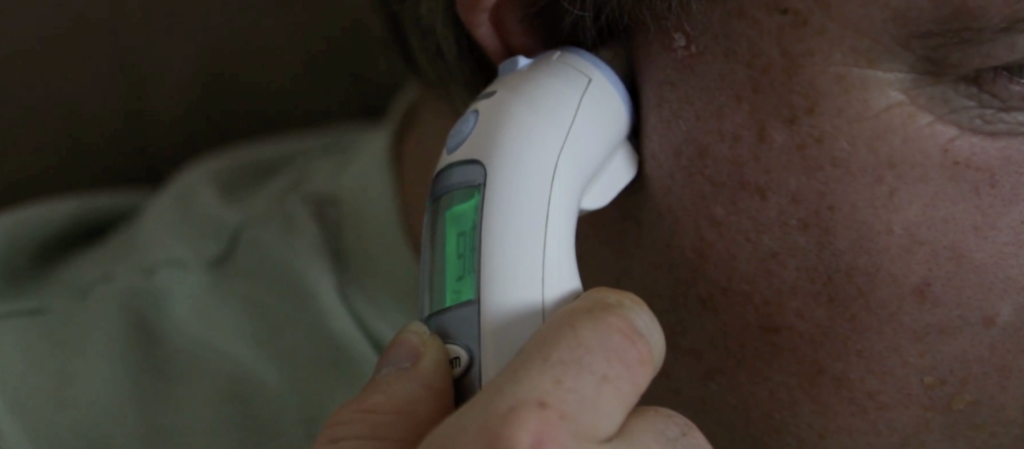
Pia Barna & John Bryant’s blog series continues, with an insight into the Whzan ‘Blue Box’
In our first blog post, we introduced you to the Kit4Care programme where we equip domiciliary care workers with remote monitoring technology to assess their clients’ vital signs and escalate to GP’s if required. The aim, quite simply, is to keep people healthier at home for longer. In this blog, we’re keen to introduce the tech we are using for those health assessments.
The first piece of technology that we have chosen to support the Kit4Care programme is Whzan’s Blue Box. In a nutshell, the Blue Box is an all-in-one telehealth briefcase that measures vital signs, records photos and performs a risk assessment. It can help to detect signs of deterioration at an earlier stage, and enable quicker clinical responses. The device is currently used in approximately 3400 care homes and on 900 virtual wards.
With the funding of the Kit4Care programme we have bought 18 Blue Boxes, which we have distributed between five vanguard domiciliary care providers across Devon: Unicare, Caremark, Network HSC, West Heanton and Time2Care.
During a health check using the Blue Box, care workers record their clients’ respiratory rate, oxygen saturation, temperature, systolic blood pressure, pulse rate and level of consciousness. This process is estimated to take 15 minutes. If care workers have any concerns about their clients’ skin, the device is also equipped to take images which can be securely shared with their GP practice.
All devices in the Blue Box are bluetooth enabled and speak directly to the mobile device or tablet that is part of the box. The mobile device navigates its user through taking the different readings and confirms the results by reading them out loud.
In the background, the device uses a grid system to categorise readings into low, medium and high risk. The overall score of all readings taken calculates a National Early Warning Score (NEWS2).
Originally developed by clinicians at the Royal College of Physicians and endorsed by the NHS, NEWS2 scores are currently mainly used in acute and ambulance settings. The Kit4Care programme sees an opportunity for NEWS2 to also become a shared language between health and social care.
It is important to mention that while the Blue Box is used to monitor health to help identify and avoid rapid deterioration, it is there to support and not replace any treatment or medical support. Where it provides care workers with objective measurements, it helps them assess the needs of their clients and provides a universal language to communicate their concerns to a healthcare professional.
Previous projects have found that when care workers use the Whzan Blue Box device it can reduce A&E attendance, unplanned GP visits and NHS 111 calls for people receiving care at home.
Healthcare professionals are able to make quicker decisions on appropriate treatment due to the additional health data received from care staff. And while it accelerates access to treatment, it also provides reassurance to clients and their loved ones and minimises disruption that would be caused by presenting to A&E or being admitted to hospital.
Dom Care Staff Training
To familiarise domiciliary care staff with the Blue Box, a series of training sessions were organised. Our previous experience tells us that in-person training sessions are most effective for staff and provide the most value but, due to the geography of Devon and the limited resources available, we conducted online training sessions so that it was accessible to everyone who wanted to attend.
Care workers were encouraged to gather in one location and actively test the health monitoring tools on one another while receiving the demonstration online by our Whzan colleagues. For this to run smoothly, it was recommended that every staff member had previously been set up with their own login details for the Blue Box.
Some participants have fed back to us that the combination of Blue Box demonstration paired with training on spotting early signs of deterioration (such as RESTORE2) would have made it even more valuable. Others expressed that they enjoyed the sessions and were excited by the prospect of learning something new that could benefit their clients as well as developing their own digital skills.
Monitoring technology in domiciliary care settings
The Kit4Care concept is perceived by many as a valuable investment for the future of care – including care workers’ roles and responsibilities as well as their clients’ health and wellbeing.
It is important to highlight that the programme is not limited to using one particular piece of technology. It can be expanded to include devices such as digital stethoscopes, medical smart glasses, diabetic monitoring kits and potentially combine different types of tech to provide a holistic assessment of clients’ health needs. What is important is that the chosen tech is addressing the issues that are experienced in the respective localities.
Kit4Care has been designed to make a difference to people, both to those giving care as well as to those receiving care: clients, patients, their families, care workers, GPs and community nurses to name a few.
Even in the early stages of this project we can see the immense potential that tech-enabled care in domiciliary care settings has, not least by further supporting the integration of primary care and frontline social care services. We are excited to share case studies and first-hand insights from care staff and care recipients in the near future.
In our next blog, we share why holding local co-design workshops with health and social care providers has been a crucial part in our process and how the outcomes of the workshops have informed the development of the local escalation model.


